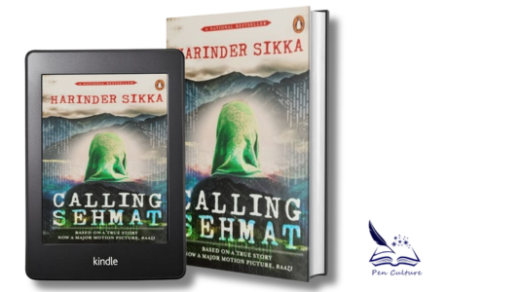Harry Potter and the Philosopher’s Stone by J.K. Rowling is the first book in her globally popular fantasy series. Published in 1997, it introduces readers to a world of magic, where wizards, mythical creatures, and ancient secrets coexist. Though aimed at younger readers, its themes of friendship, bravery, and self-discovery resonate with all ages.
Thesis Statement
A charming introduction to a magical world. Harry Potter and the Philosopher’s Stone is a masterful blend of mystery, adventure, and relatable characters. This makes it a must-read for fantasy fans.
Summary of the Plot
The story follows 11-year-old Harry Potter, who lives with his abusive aunt and uncle. On his birthday, Harry learns he is a wizard and is invited to Hogwarts School of Witchcraft and Wizardry. At Hogwarts, he makes new friends. They are Ron Weasley and Hermione Granger. He also discovers his mysterious past, including his connection to the dark wizard Voldemort. As Harry adjusts to the magical world, he uncovers the existence of the Philosopher’s Stone, an artifact that grants immortality. Together with his friends, Harry works to prevent Voldemort from seizing the stone.
Analysis and Evaluation
Characters: Harry is a lovable protagonist whose journey from a mistreated child to a brave young wizard is heartwarming. Ron’s loyalty and Hermione’s intelligence complement Harry, forming a memorable trio. Supporting characters like Dumbledore and Hagrid add depth and whimsy to the story, enhancing the magical world.
Plot: The plot is well-paced, balancing humor and suspense while introducing key elements of the magical world. The central mystery of the Philosopher’s Stone unfolds gradually. Clues are scattered throughout Harry’s school year. This keeps readers engaged and eager to uncover the truth.
Writing Style: Rowling’s writing is clear and descriptive, making the magical elements easy to visualize without overwhelming readers. Her blend of whimsical moments with genuine emotional depth ensures that both younger and older audiences can appreciate the story.
Themes: The novel emphasizes the value of friendship, courage, and the power of love. Harry’s journey also explores themes of identity and self-discovery. It conveys the idea that our choices shape who we are, not our circumstances.
Appeal: While marketed as a children’s book, Harry Potter and the Philosopher’s Stone has universal appeal. Its imaginative world and relatable themes continue to captivate readers across generations.
Strengths and Weaknesses
Strengths: The imaginative world-building and richly developed characters are standout strengths. Hogwarts feels like a real, magical place. Readers quickly become invested in the friendships and adventures of the main characters.
Weaknesses: Some older readers might find the plot predictable. However, the charm, humor, and developing depth of the series more than compensate for this.
Conclusion
Harry Potter and the Philosopher’s Stone is a captivating start to the beloved Harry Potter series. The book features strong characters, an engaging mystery, and a richly imagined magical world. It’s easy to see why this book continues to enchant readers of all ages. Whether you’re new to the story or revisiting it, this book remains a magical, timeless classic.
Rating: 5/5





Leave a Reply